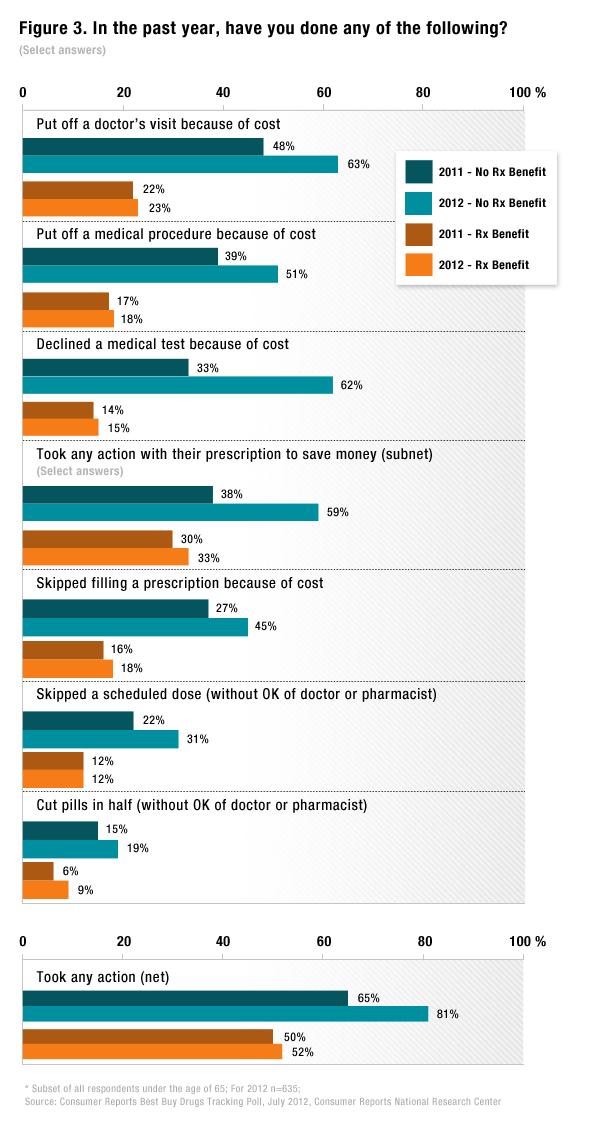Online Pharmacies, Personal Drug Importation and Public Health: Executive Summary
Last week we wrote that we would present a new section of Gabe Levitt’s report on online pharmacies. This week, we are going to start off with the Executive Summary of the report. We’ve given a sample below, but you’ll have to visit PharmacyChecker.com to view the whole Executive Summary.
Tagged with: CDC, Commonwealth Fund, drug affordability, FDASIA, GAO, government auditing standards, Medication Adherence, Section 1127The U.S. government relies on the Government Accountability Office (GAO) for objective and independent research and analysis of government programs and policies that affect public health. GAO’s report entitled Internet Pharmacies: Federal Agencies and States Face Challenges Combatting Rogue Sites, Particularly Those Abroad (the “GAO report”) contains critical inaccuracies and omits important peer-reviewed research to the extent that lawmakers and their staffs will likely draw erroneous conclusions about international online pharmacies that could lead to overreaching and unnecessary enforcement actions that disadvantage consumers and threaten public health. The GAO report was written pursuant to Section 1127 of the Food and Drug Administration Safety and Innovation Act of 2012 (FDASIA), a law dedicated to protecting public health.
In contrast to the GAO report, the following holistic, consumer-focused, evidence-based analysis discusses online pharmacies within the important context of a health crisis caused by high drug prices in America, and can more appropriately guide lawmakers on how to protect the public from counterfeit or substandard medication. Legitimate public health concerns about rogue online pharmacies are being used to encourage legislative, regulatory, and private sector actions that curtail online access to safe and affordable medication. The consequence of overreach could be millions more Americans facing economic hardship or having to forgo prescribed medication, which studies show can lead to more sickness and death.
Fifty million Americans did not fill a prescription due to cost in 2012, according to the Commonwealth Fund. According to the Harvard School of Public Health, over half of Americans who do not take prescription medication due to cost report becoming sicker.1 That means potentially 25 million Americans become sicker each year because they can’t afford prescribed medication. According to the U.S. Centers for Disease Control and Prevention (CDC), about five million Americans buy prescription drugs from foreign sources each year for reasons of cost. Additional estimates show that between four and five million Americans get their imported prescription drugs through international online pharmacies due to their lower prices.
(more…)



